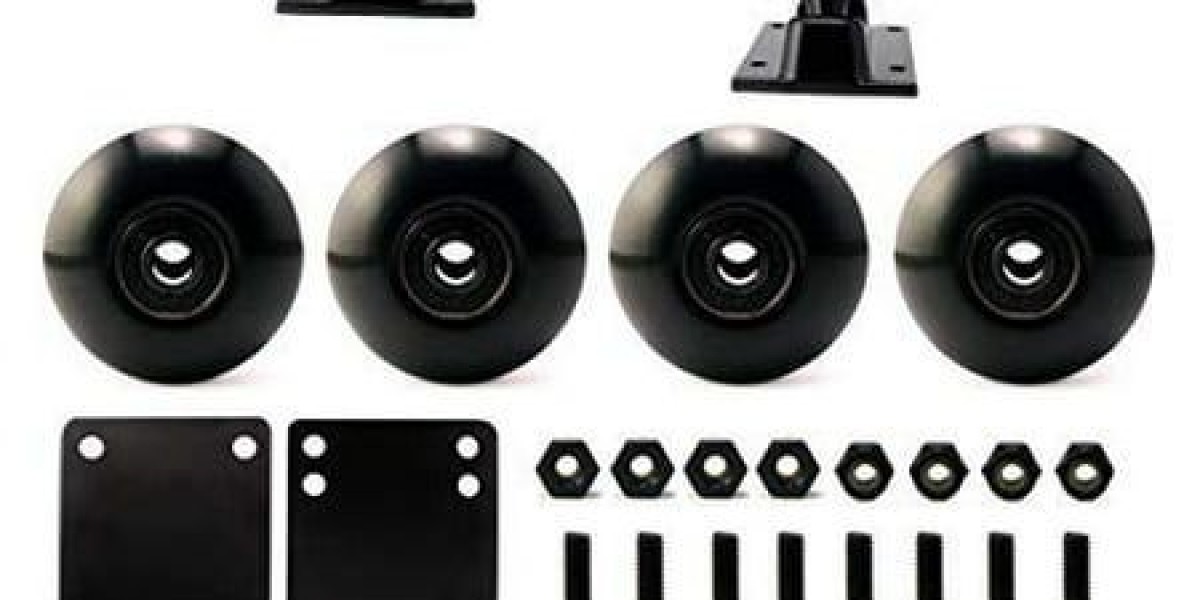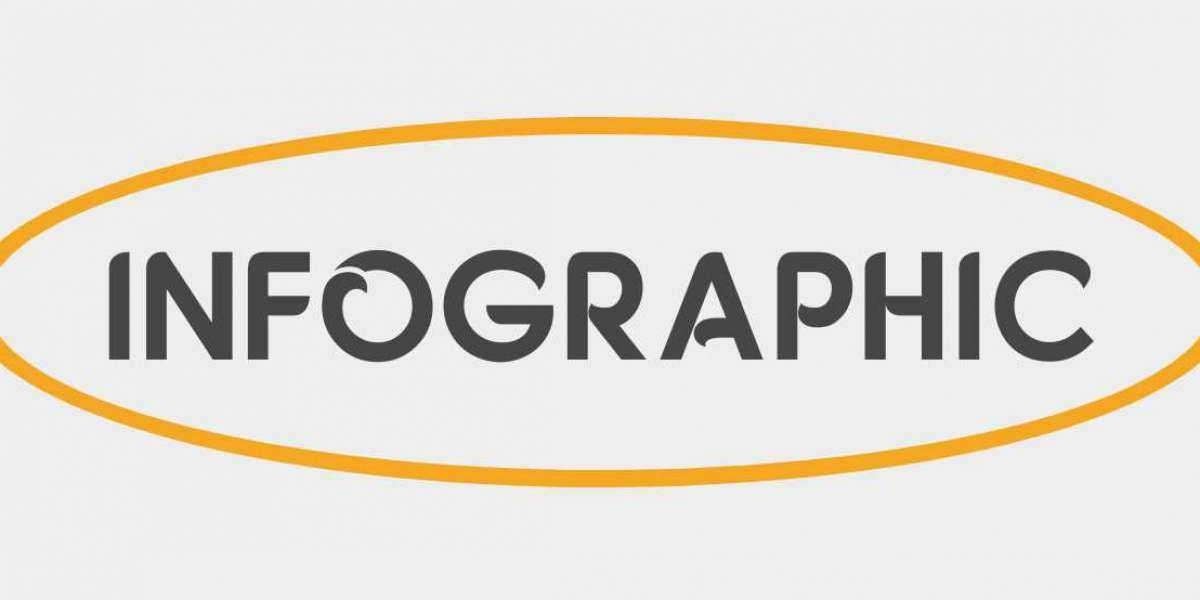skateboard accessories and hardware is a thrilling and dynamic sport that requires not only skill but also the right equipment. The performance and durability of your skateboard depend largely on the hardware and accessories you choose. From the deck to the wheels, each component plays an important role in your overall experience. Whether you are a beginner or an experienced skater, understanding skateboard accessories and hardware is key to creating a setup that matches your style and enhances your performance. Here's a breakdown of the essential skateboard hardware and accessories you need to know.
Key Skateboard Hardware
Deck
- Definition: The deck is the flat surface that serves as the foundation of the skateboard, where the rider stands and performs tricks.
- Materials: Most decks are made from multiple layers of maple wood, which offers a good balance of strength, flexibility, and light weight. Some decks may be made from bamboo or fiberglass.
- Considerations: Decks come in a variety of shapes, sizes, and concave styles. The width of the deck affects control and stability—narrower decks are better for technical tricks, while wider decks provide more stability for cruising or downhill riding.
Trucks
- Definition: Trucks are the metal components that attach the wheels to the deck. They are responsible for turning and stability.
- Considerations: Trucks come in different sizes and heights. The size should match the width of the deck for proper performance. Low trucks are best for technical street skating, while high trucks are preferred for downhill and vert skating, offering a greater turning radius.
Wheels
- Definition: Wheels are made of urethane and allow the skateboard to roll. Their size and hardness affect how the skateboard handles different surfaces.
- Considerations:
- Wheel size: Smaller wheels (50mm to 54mm) are better for street skating and technical tricks, as they provide quick acceleration and better control. Larger wheels (55mm and up) offer more stability and are ideal for cruising, downhill, or park riding.
- Wheel hardness: Harder wheels (99A and above) provide faster speeds on smooth surfaces, while softer wheels (78A-87A) offer better grip and are suited for rough terrain and rougher surfaces.
Bearings
- Definition: Bearings are the small, circular components that sit inside the wheels and allow them to spin.
- Considerations: Bearings are rated by the ABEC scale (1-9), with higher numbers indicating more precision. However, the quality of the bearing material (steel vs. ceramic) and maintenance are just as important as the ABEC rating. Ceramic bearings are faster and more durable than steel ones.
Grip Tape
- Definition: Grip tape is a sandpaper-like material applied to the top of the skateboard deck to provide traction for your feet.
- Considerations: Grip tape comes in a variety of textures and designs. A rougher grip tape will provide better traction for tricks, while smoother grip tape may be better for cruising. Custom grip tape can also be used to personalize your board.
Mounting Hardware
- Definition: Mounting hardware includes the bolts, washers, and nuts that secure the trucks to the deck.
- Considerations: Ensure that the hardware is the right length for your deck and that the trucks are properly tightened to prevent loosening during skating.
Essential Skateboard Accessories
Riser Pads
- Definition: Riser pads are placed between the trucks and the deck to prevent wheel bite (when the wheels rub against the deck).
- Considerations: These pads are also helpful for providing extra height and reducing vibrations during rides, making them ideal for larger wheels or downhill riders.
Shock Pads
- Definition: Shock pads are rubber pads placed between the trucks and deck that absorb shocks and vibrations.
- Considerations: Shock pads are especially useful for downhill and long-distance skaters, as they provide extra comfort and reduce impact on joints during rides on rough surfaces.
Deck Rails
- Definition: Deck rails are plastic or metal strips attached to the sides of the deck to protect the edges from damage.
- Considerations: Deck rails are particularly useful for skaters who frequently grind or slide, helping to preserve the condition of the deck.
Tail and Nose Guards
- Definition: These are protective covers that attach to the nose and tail of the skateboard to prevent wear and tear.
- Considerations: If you're frequently doing tricks that involve hitting the nose or tail, these guards help protect the board from chips, cracks, and other damage.
Personalization and Style Accessories
Custom Grip Tape
- Definition: Custom grip tape allows you to personalize your board while still ensuring grip and control.
- Considerations: You can find grip tape in different colors and designs, or opt for clear grip tape to show off your deck’s artwork. Custom grip tape helps make your board unique.
Colored Hardware
- Definition: Colored bolts, nuts, and washers can add a splash of personality to your skateboard.
- Considerations: This is a simple way to personalize your setup, making it more visually appealing while still serving its functional purpose.
LED Lights
- Definition: LED lights can be attached to the wheels or trucks of your skateboard for a flashy and fun look.
- Considerations: These lights enhance visibility while skating in low-light conditions and make your board stand out at night, adding an exciting element to your riding experience.
Skateboard Safety Gear
Helmet
- Definition: A helmet is one of the most important safety accessories for protecting your head in case of falls or collisions.
- Considerations: Always choose a helmet that fits properly and is certified for skateboarding. Many skateparks and streets require helmets for safety.
Knee and Elbow Pads
- Definition: Knee and elbow pads protect your joints from injury during falls.
- Considerations: These pads are essential for beginners, as well as anyone practicing high-impact tricks. They help reduce the risk of bruises, scrapes, and joint damage.
Wrist Guards
- Definition: Wrist guards are designed to protect your wrists from sprains or fractures, which are common in skateboarding falls.
- Considerations: Wrist guards are especially helpful for beginners or those attempting new tricks. They offer critical support and protection to prevent wrist injuries.
Skateboard Maintenance Tools
Skate Tool
- Definition: A skate tool is a multi-purpose device used to adjust and maintain your skateboard hardware, including trucks, wheels, and mounting bolts.
- Considerations: A skate tool is essential for tightening and adjusting your setup, ensuring everything stays secure and in optimal condition during rides.
Bearing Cleaner
- Definition: Bearing cleaners are used to clean dirt and debris from skateboard bearings, keeping them spinning smoothly.
- Considerations: Regular bearing maintenance helps extend their lifespan and ensures smooth performance.
Grip Tape Cleaner
- Definition: Grip tape cleaners are designed to remove dirt and debris from the grip tape on your deck.
- Considerations: Cleaning your grip tape keeps your feet secure and prevents wear from affecting its effectiveness.
Conclusion
Skateboard accessories and hardware are integral to your riding experience. The right components—from the deck and trucks to wheels and bearings—determine the overall feel, stability, and maneuverability of your skateboard. Accessories like riser pads, shock pads, and protective guards can enhance comfort and prevent damage, while safety gear ensures you stay protected. Personalizing your setup with custom grip tape, colored hardware, or LED lights adds style, making your board truly your own. By selecting the right skateboard hardware and accessories, you ensure that your setup meets your needs, whether you’re cruising the streets, hitting the park, or trying out new tricks.








